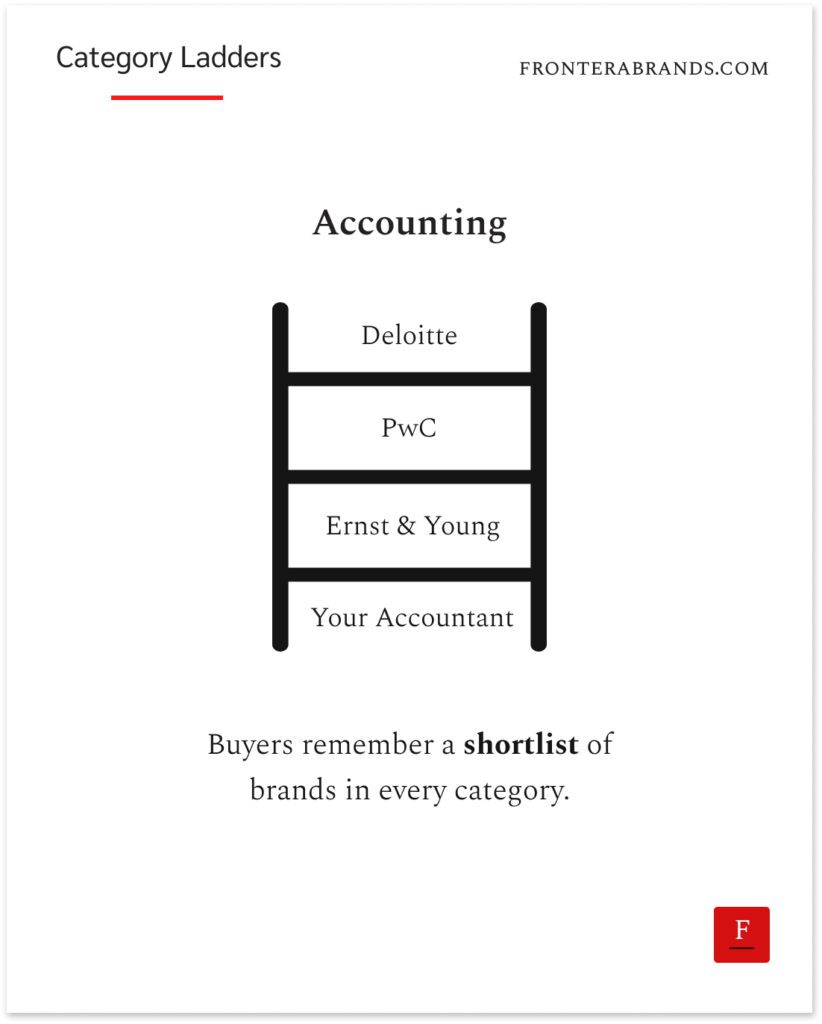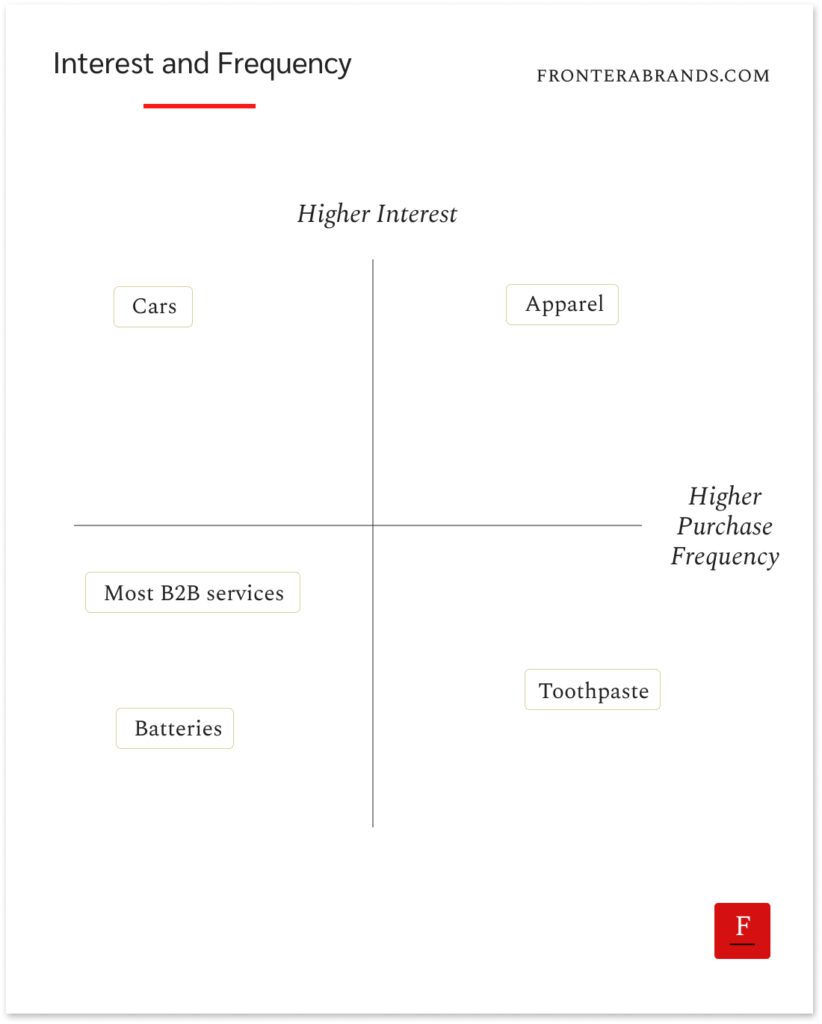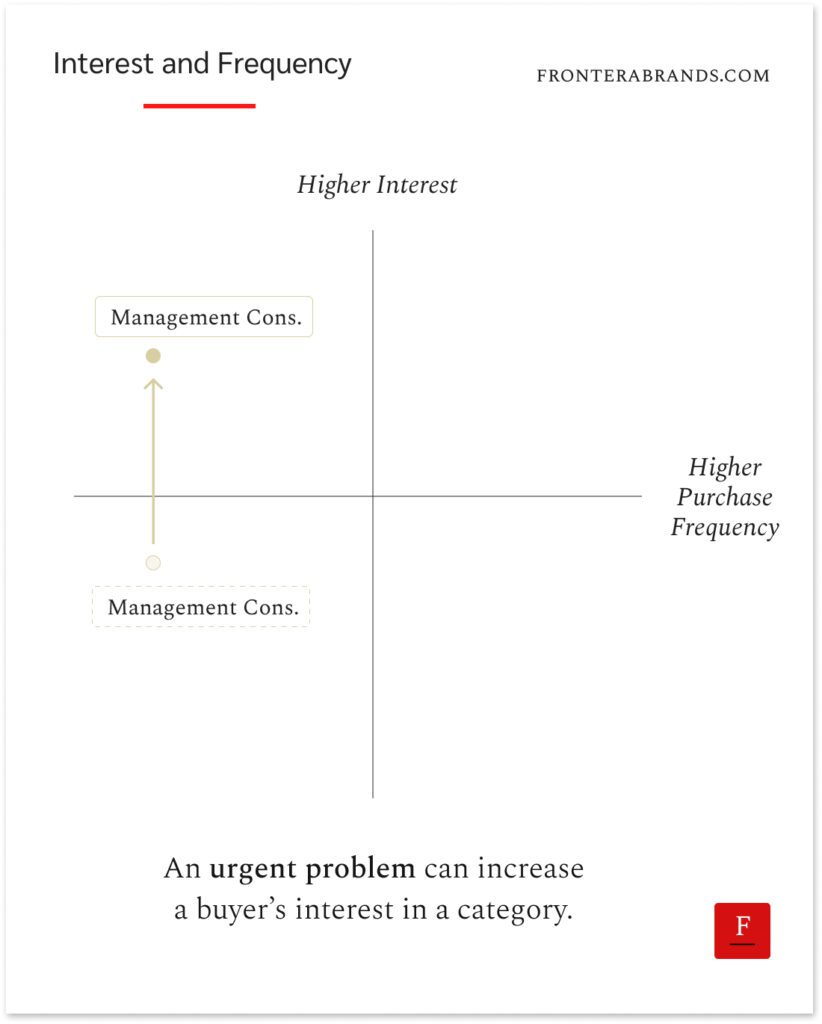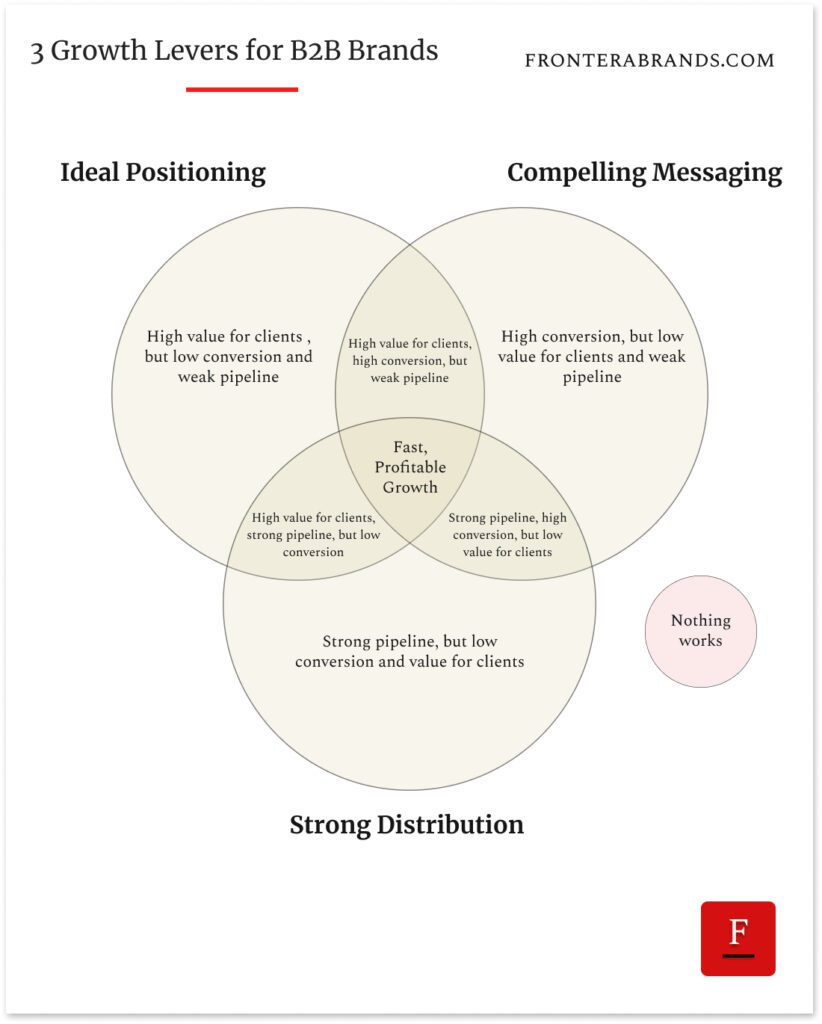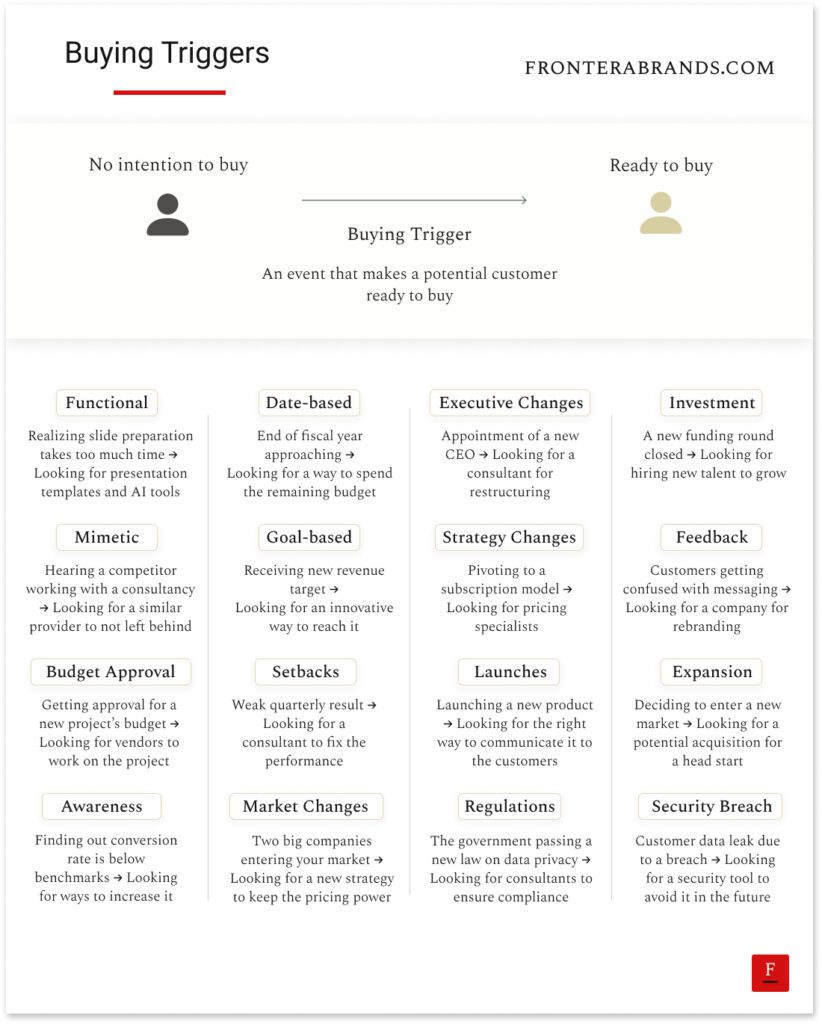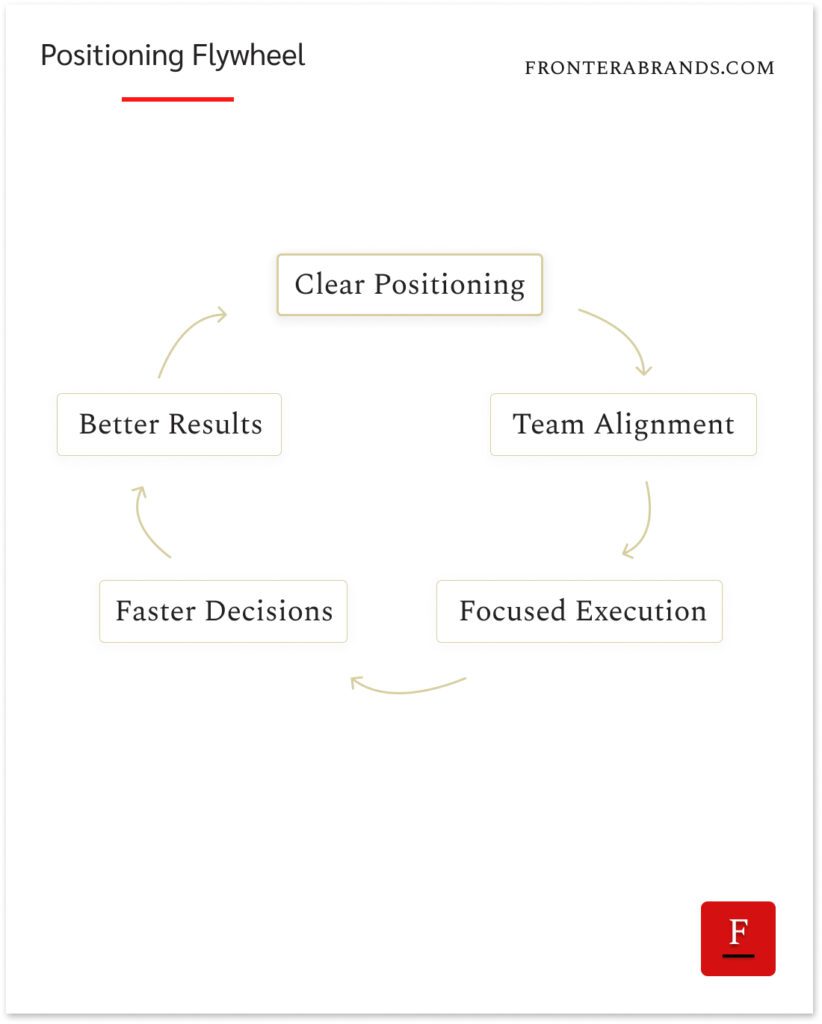♦️ How to get buyers to think of your brand first
|
What brands come to your mind when you hear "accounting firms"? You can probably list 3-4 brands. First, you’d think about Deloitte. Then you’d continue with the other ones you know, like PwC, Ernst & Young, your own accountant, etc. The same applies if I tell you “toothpaste” or “energy drink.” Buyers remember a shortlist of brands in every category. Jack Trout and Al Ries called it category ladders.
You can easily count more car brands because they are a high-interest category. But if that's not the case, the ladder is short. The human mind is efficient. So we remember only one or two brands if a category is not relevant or frequently purchased. Like batteries or home furnishing. How many battery brands do you remember besides Duracell? Or home furnishing brands besides IKEA?
Buyers don’t even consider brands that are not on their category ladders. When you go to buy toothpaste, you search for the brands you know and ignore the rest. Unless another brand managed to get onto your “ladder” through distinctive ads, packaging (remember the isolation effect), or extremely low cost. But what happens when a buyer’s category ladder is empty? This happens quite often in B2B. There is a high chance that you’ve never worked with a “digital transformation consultancy” before. So you might have no brands in your mind associated with that category. Or sometimes, the brands you have on the ladder are out of your reach because of cost. When you hear “management consultants”, McKinsey comes at the top of the ladder. But that’s irrelevant if they are out of your budget. So when you have a related problem (e.g. company restructuring), you start looking for alternatives. You fill the ladder. Because now the category has become high-interest for you.
Most B2B categories are relatively low on the frequency and interest scale. So your potential buyers might have short (or even empty) ladders until the problem you solve becomes urgent in their business. The question is: how can you increase the chances of buyers choosing you using this idea? Here are three ways: 1. Associate your brand with customer problemsUnlike consumers, B2B buyers don’t look for categories first. In a supermarket, you go to the toothpaste section and make a choice. So everything is already divided by the category for you. But B2B buyers can’t go to a street that says “digital transformation consultancies” and look for which one to choose. Their buying journey is different. A buying trigger occurs and they become aware of a problem in their business. And they look for ways to fix it. So the problem always precedes the category. If buyers link your brand to a problem, they’ll recall you — even if their ladder was empty before. That means building associations with a certain problem is a shortcut to getting onto their category ladder. Let me explain with an example from Frontera. You might not have any brands on the “brand strategy consultancy” ladder in your mind. Yet you still have mental associations related to Frontera. Because we repeatedly talk about problems caused by lack of differentiation, weak positioning, and messaging. So if you notice one of these problems in your business, Frontera will come to your mind. That’s why you have to do the same. One of your core brand messages should always be about customer problems. So when these problems occur in your buyers’ lives, they will recall your brand. And you’ll drastically increase the chances of them choosing you. But remember. You have to keep the problems you message on specific. If you talk about too many problems, you’ll dilute your message. And it will be harder for buyers to associate you with a certain problem. Remember the goal dilution. So define the problem you’ll target and talk about it again and again, in different ways. 2. Choose the right ladderThe category becomes more important later in the B2B buying process. There are different associations related to a “marketing agency” and a “brand strategy consultancy”. One implies execution based on instructions. The other one implies strategy based on insights. So you have to be careful about which market category you use to define your business. Putting your brand on the wrong ladder has consequences. You might confuse potential clients about what you deliver. They might compare you to unrelated alternatives and think they’ll get less value from your services. As a result, the sale can become harder. So be intentional with how you define your business. Think about the positive and negative associations with each potential category you can use:
After considering these points, choose the right ladder that improves your chances of success. 3. Hang onto the ladderSince most B2B purchases have a low frequency, most of your potential buyers won’t need you today. So no matter how aggressively you push your offers to them, you can’t sell now. Because they are either unaware of the problem or it’s not so pressing yet. And you know what that means? Well, you might be on their ladder today. But if your marketing is not designed to stay in touch with them, your brand will fall off the ladder. They will forget you in a few months. And you won’t be on their ladder at the most important moment — when the problem becomes obvious in their lives and they are ready to buy. So your marketing shouldn’t only be designed to convert but also to stay top of mind. And you can only do that by delivering value to your target customers on an ongoing basis through your content. So they have a reason to stay in touch with you. Remember, getting onto the ladder is not enough. You have to hang onto the ladder.
|
Frontera
Join 10,000+ B2B founders getting the strategies of iconic brands.
Three marketing bottlenecks keep B2B brands stuck at a certain revenue level: Wrong Positioning Ineffective Messaging Weak Distribution These problems keep the business from growing to its next stage. Some businesses just have one. Some others might have all three to a certain degree. They have different symptoms: 1. Wrong Positioning You create the wrong value and/or for the wrong clients. Your solution isn’t anchored to a specific pain or priority. You are either specialized in the wrong...
What leads your clients to look for a solution like yours? What makes them realize they have a problem? The answers to these questions matter. Because when you know your clients’ buying triggers, you can: Build your product/service for their context Talk to their real needs with your messaging Target them more easily Think about the buying triggers in our lives. Like becoming a parent. Your life changes when you learn you’ll become a parent. You start looking for parenting books, furniture...
Having clarity around your brand’s positioning has a hidden upside. We usually talk about how it helps you win clients. It raises your perceived value. It makes buyers choose you over others. But it also changes things inside the business. You know what they say. Constraints breed creativity. A blank page is scary because you can write anything. There is no constraint. But once you pick a topic, ideas start flowing. You get focused. You get creative. Clear positioning does the same. It gives...
